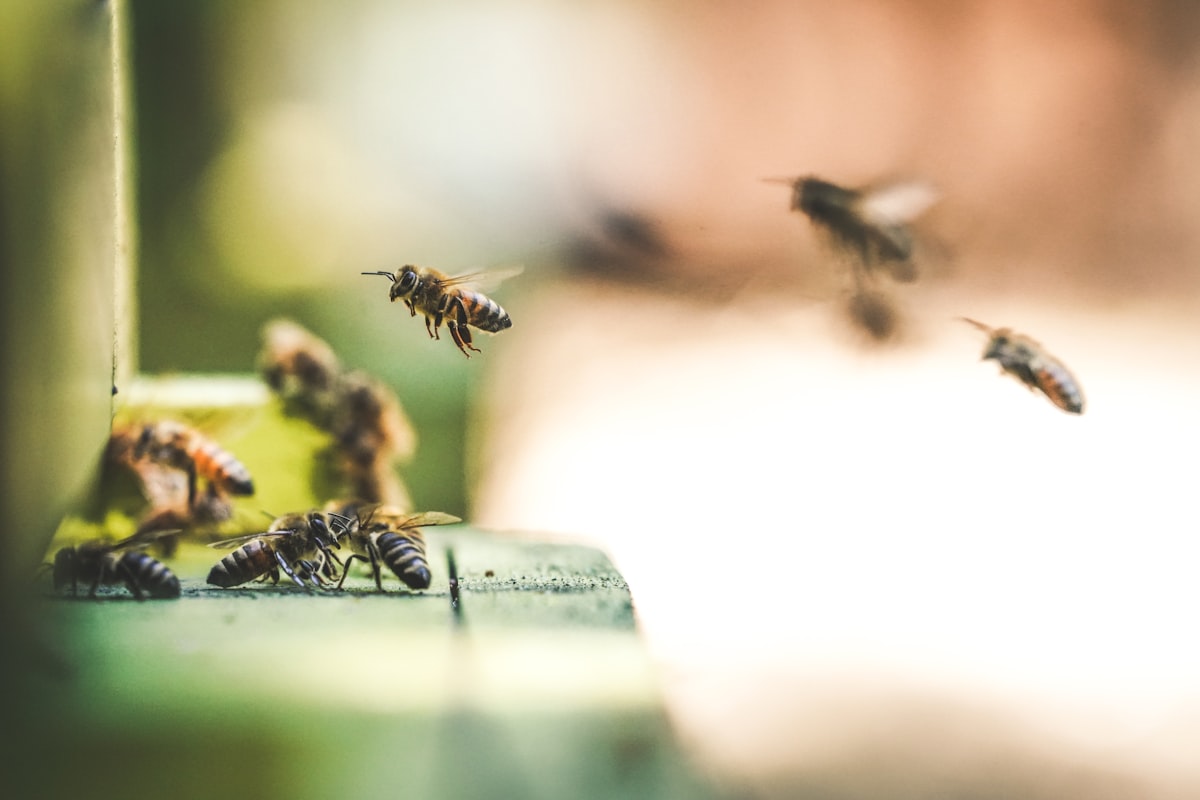African bees in Mexico: understand their characteristics and how to protect yourself
Find out why the problem of African bees in Mexico lies in their genetic character and adaptability, so their eradication is not possible.

This September 19th, a person over 80 years old died after being attacked by a swarm of African bees in Villahermosa, Tabasco. According to El Heraldo, the events occurred while the victim was cleaning the grass on a property located on Rio Grijalva Street in the South Gaviotas Colony in the aforementioned city.
After being stung on multiple occasions by the swarm, the man asked for help from the nearby neighbors who tried to help him but were unsuccessful. When the paramedics and elements of the State Institute of Civil Protection arrived, the man no longer presented vital signs, so they could not do anything for him. Later the Fire Department confirmed that the attack had been by a swarm of African bees.
After the death of the man identified as Adolfo Morales, the authorities proceeded to evict approximately 50 neighbors living in nearby houses because the swarming continued in the area.
When did the Africanized bees arrive in Mexico?
According to the Ministry of Agriculture and Rural Development (Sader), Africanized bees arrived in Mexico in 1968 and since then have represented a latent danger for the population, but mainly for beekeepers. The agency points out that the Africanization process consists of establishing the dominant characteristics of the African bee (Apis mellifera scutellata), over the European bee colonies. That is, the genes of the African bees start to gain ground over the European ones.
Thus, Africanization is a problem because these bees have specific characteristics such as
Increased swarming behavior (reproduction)
Avoidance problems: leaving the hive in stressful situations
Pillage, i.e., stealing food and attacking other bee colonies.
Aggressiveness generates a greater number of incidents by stings in people and animals.
According to Sader, the problem of this bee lies in its genetic character and adaptability, so it is not possible to eradicate it, which is why the authorities must maintain continuous control measures, aimed at reducing the defensiveness of the bees and maintaining their output characteristics.
Jennifer Fewell, professor at Arizona State University, said for the BBC that, unlike honey bees, this subspecies is extremely sensitive to the presence of humans, so it is not necessary to disturb them to activate their natural alarm system.
"They usually attack the eyes and face. They also sting the body, but they usually attack the darker areas," the specialist said.
She explained that the venom of these bees is not more toxic than that of the melliferous or European bees, but what makes them deadly is the number of bees that attack, since they cluster to do so.
"The pheromones they release when they attack - with a smell similar to that of bananas - warn the rest of the colony to join the attack".
Juliana Rangel, professor of beekeeping in the entomology department at the University of Texas, told the BBC that this smell can be detected over a wide area, which makes them more dangerous considering their aggressive profile.
"If you disturb a colony of European bees you may be stung by some of them. If it's an African bee colony, you'll have hundreds of stings," Rangel said.
According to the specialist, there is not much one can do to scare them off, so the only option is to run as fast as possible.
"Even jumping into the water is a bad idea. The bees will be waiting for you until you come up for air," explained Rangel.
It should be noted that it is difficult to distinguish them at first sight, since they look similar to European bees, as their main distinctive feature is their aggressive attitude.




